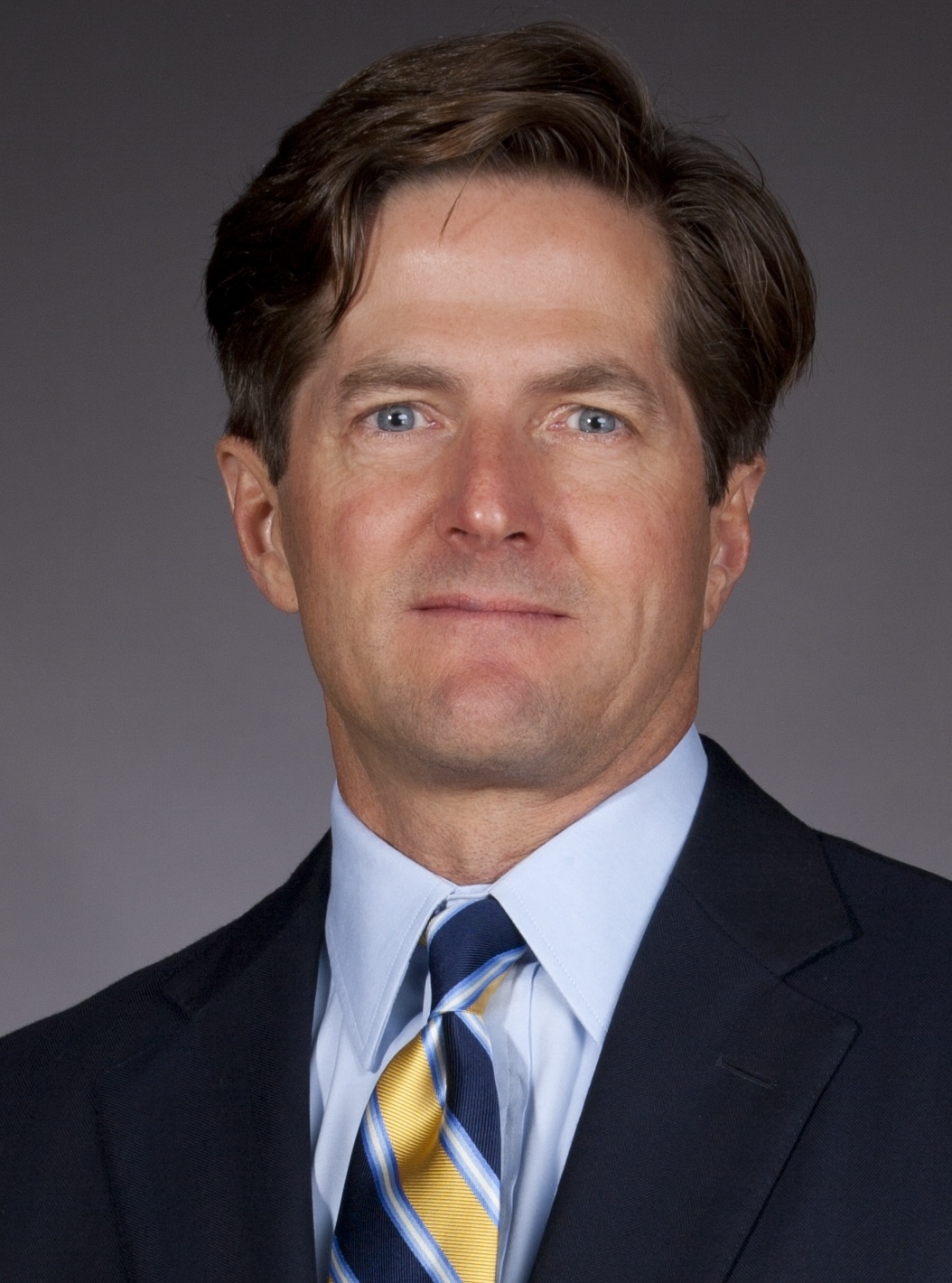Author: Tom Yorke, Oceanic Capital
Covestor models: Global Diversified Conservative, Global Diversified Moderate, Global Diversified Aggressive
The game changers in early August have come and gone and unfortunately have left us all feeling underwhelmed again.
The FMOC meeting was the lead-off event and we got a very definite “maybe” regarding QE3 or any future monetary accommodation from the Fed for the US economy. Perhaps not what we all hoped for, but one gets the feeling they want a peek at a least the next couple of employment numbers before they set any more programs in motion. (And they will absolutely not move past September as it’s too close to election time here in the US and the Fed tries to avoid any appearance of being political.)
Meanwhile, the Bank of England basically reminded us that they still had their previously-announced quantitative easing program, i.e., bond purchases, waiting to be completed, so they weren’t going to making any new waves either. Then finally Mario Draghi, who had promised the world earlier that the ECB would do everything possible to insure the success of the Euro, hit center stage and definitely fell flat. The ECB basically promised to deliver something substantive when and if necessary, but we are just not sure what nor when. The European war of words has been a cheap battle to fight so far, and when they get results this easily, why worry?
Domestically, the sayings of the great and powerful Oz – alias the Bureau of Labor Statistics – are probably more accurate: that Non-Farm Payrolls grew 163,000 in July, though behind this the June number was revised downward. The actual unemployment rate ticked up to 8.3% and average hourly earnings fell to 0.1% from 0.3%. The BLS magically combined the birth/death ratio of new businesses with their seasonal adjustment factors and (voila) matched what ADP had reported earlier in the week. We think it was surely just a strange coincidence, as we trust the hard numbers of the private ADP payroll reporting services far more than the made up numbers of the BLS.
Okay, now some other thoughts from around the Street… John Mauldin, pointed out this week in his “Thoughts from the Front Line”:
The stock market and earnings analysts do not expect a decline in EPS over the next few years. The forecasts too often anchor on the recent past and extrapolate (in a burst of hope) current trends well into the future. A broader view of history tells a different story. It is a story of a frequently erratic earnings cycle. The current cycle is now extended not only in duration but also in magnitude. It’s hard to deny that EPS is vulnerable to decline over the next few years.
Porter Stansberry points out:
Earnings, the bottom line, is an easy number to fudge. Accountants can manipulate earnings to jibe with a company’s expected or desired numbers. Sales, however, are harder to manipulate. And about 60% of companies have missed their sales expectations. A strong dollar and slowing global growth hurt numbers.
He then finishes:
Accounting gimmicks aside… operating companies have been able to improve their earnings by cutting jobs and slashing other costs. But perhaps the cost-cutting strategy is beginning to falter….
And finally From Wells Fargo Securities, via John Mauldin:
The major regional and national PMI surveys include a sub-index on new orders, which provide an early look at the strength of future production. A monthly decline in the new orders component in one series may not in and of itself signal a future decline in production, but when multiple new orders indexes slip into contraction territory, it can signal broad-based weakness in the manufacturing sector and a potential decline in total economic output.
The last time five of these orders components first went negative was February 2008, 10 months before the NBER announced that the recession began in December 2007. For the 2001 recession, the new orders indexes signaled broad weakness ahead for the economy. The new orders index for the four PMIs available at the time showed concurrent declines as early as January 2001, although the recession did not officially start until March of that year.
So it seems perhaps we are seeing some evidence of a slowing in the US economy, which is not too surprising given the stubbornly high unemployment and under-employment rates, the looming Euro problems in Europe, which have been forced down (for now) like a beach ball underwater. Our own tax law issues are rapidly approaching and the presidential election is starting to hang over us, so it’s not very likely too many hiring managers are going out on a limb. ObamaCare kicks in 2013 and we will begin to discover just what exactly is in those famous 2100 pages.
Also in early August, one of tne of the world’s most famous hedge fund managers, Louis Bacon, decided to send over $2 billion back to his investors, a rarity to be sure given he charges 3% annually and 25% of your profits. (That is one serious self-inflicted pay cut!)
Reportedly, his fund had grown too large to be nimble, but we prefer to think of it as more “hot” money fighting a losing battle. Can you reasonably expect to hit every trend, buy low and sell high every time? I doubt it. So when Bacon sends back this much cash, maybe we should sit up and take notice.
A Quick Life Lesson
After all the Olympics coverage I am left thinking have we all been focusing too much on the 50-meter swims and 100-meter dashes, which are fast and furious to be sure, but too much like the daily volatilities in the market we have come to loath. I was in awe of a local hometown hero, Connor Yeager, who found himself swimming a race not too many line up for: the 1500 meter…30 laps of the pool. It would probably take me a week, but he does it in about 15 minutes. The reason? He just cruises along, lap after lap, and accomplishes his task with a relative calmness and ease that we should all emulate. Unlike a sprint, one poor start or one bad turn under water and his race is not over.
There is no reason to panic, take emotion out of the equation and plan your strategy. A personal investment strategy should encompass many different asset classes; some will be up and some will be down on any given day, but if we can prevent the water from leaking out of the pool, we can swim all day.




